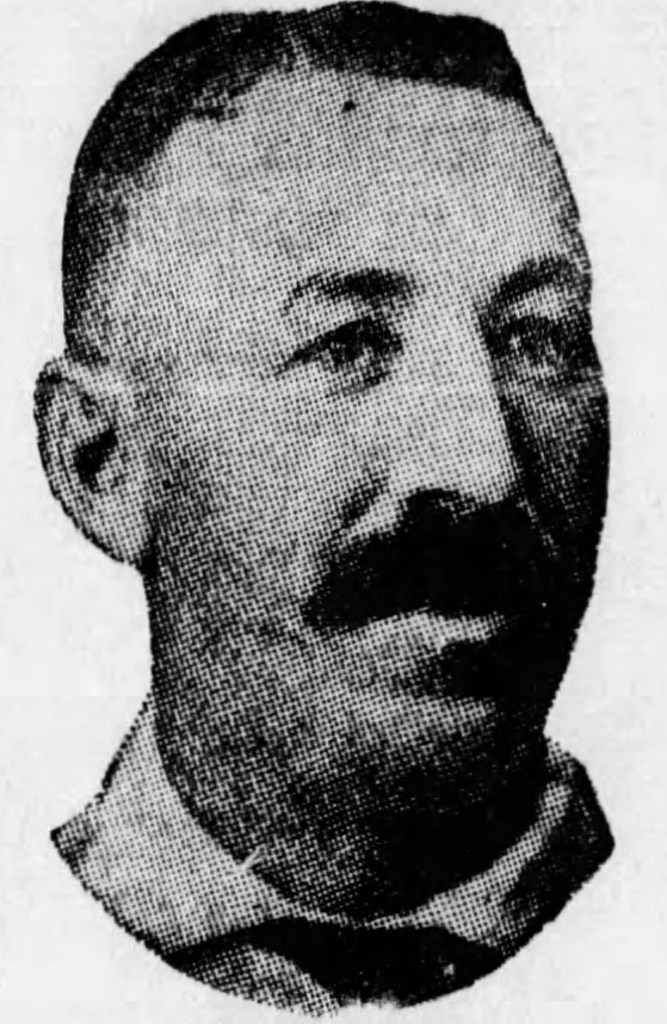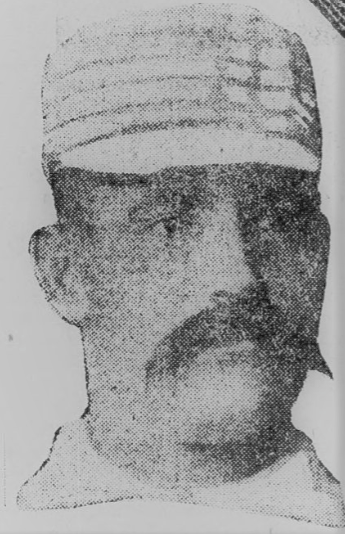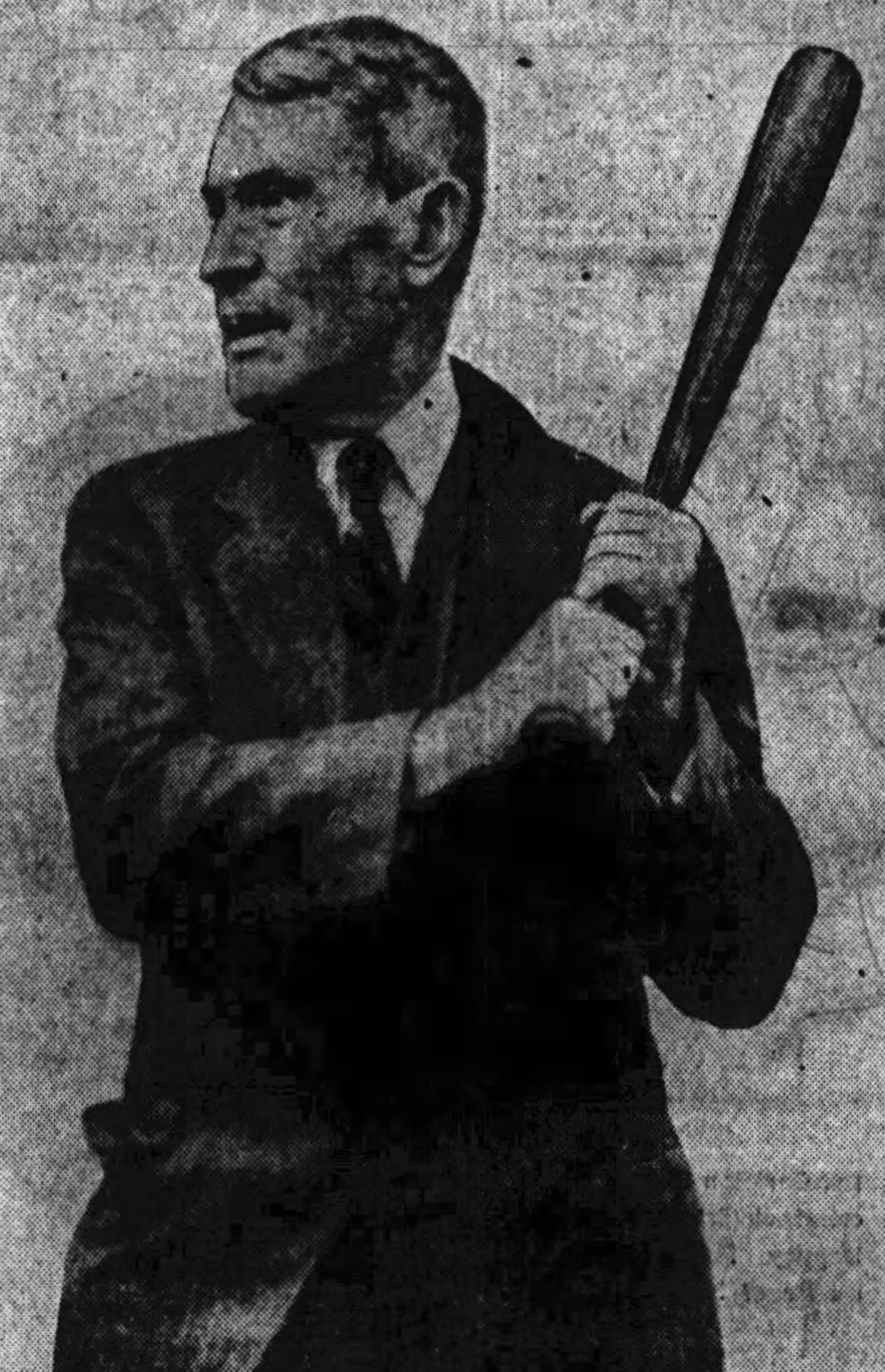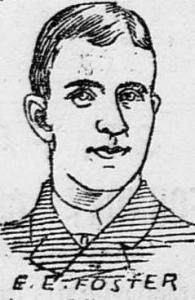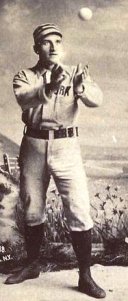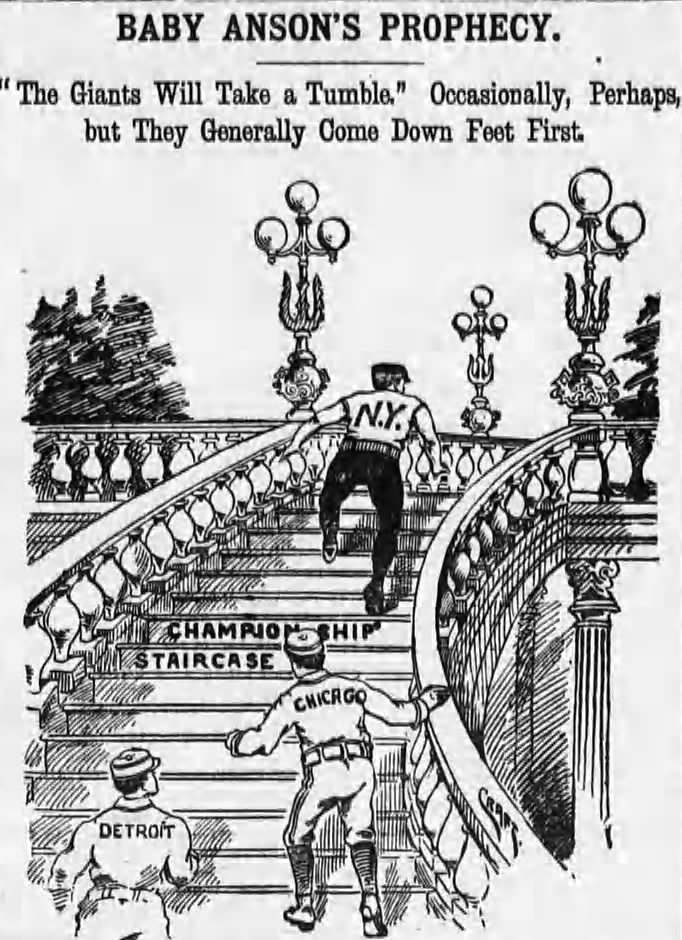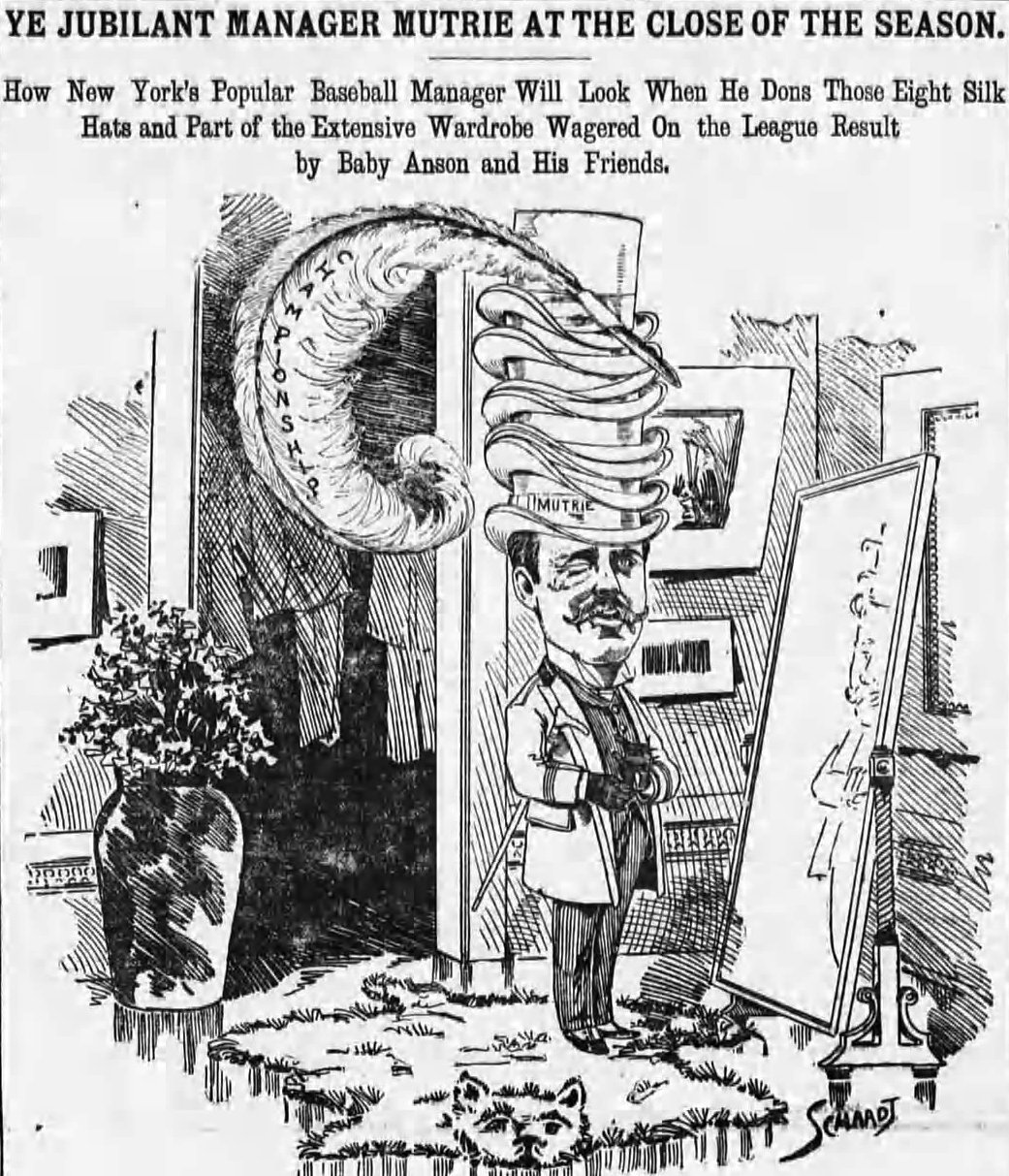Elmer Ellsworth Foster’s career as a pitcher ended on August 26, 1884. He had been out for three weeks with “an injury to the tendon in his right arm,” when he took the mound for the St. Paul Apostles in a Northwestern League game against the Milwaukee Brewers. The 22-year-old was 17-19 with 1.18 ERA when he took the mound at St. Paul’s West Seventh Street Grounds.
The St. Paul Daily Globe said:
“When the popular favorite took his position in the box in the last half of the first inning the audience received him with an ovation of cheers, to which he responded by raising his cap. A moment later he pitched the first ball, a sharp crack was heard distinctly all over the ground and the sphere went spinning ten feet to the right of the batter. Foster turned pale, but stood in his position until the players in the vicinity reached him.”
He had “snapped the bone of the right arm just above the elbow,” and after Foster left the field a collection was taken up among the fans “A few minutes later it was announced that $172 had been collected.”
He made it to the major leagues two years later as an outfielder with the New York Metropolitans in the American Association, and played parts of five seasons in the American Association and National League. A consistent .300 hitter in the minors, Foster hit just .187 in 386 big league at bats.
According to The Sporting Life, his manager with the New York Giants in 1888 and ‘89, Jim Mutrie considered him “one of the best fielders in the country, and the only reason New York ever let him go was because he didn’t show up well with the stick in fast company.”

Elmer Foster
Sportswriter Hugh Fullerton said he excelled at other things as well:
“The rowdy of the rowdies was Elmer Foster. Handsome, well bred, clean cut and with it all, well educated and something of an actor. Foster was in baseball for the fun of it.”
From the time Fullerton joined The Chicago Tribune in 1897 until he left Chicago for New York in 1919 Bill Lange was probably the only 19th Century player he wrote about more often Foster.
Foster’s best season was 1890 (.248 in 105 at bats and 5 home runs) with Cap Anson’s second place Chicago Colts after being acquired in late August.
Foster started the season with his hometown Minneapolis Millers in the Western Association (he hit .388 in his first twelve games), but fell out of favor with Manager Sam Morton after he and a teammate named Henry O’Day were arrested and fined in Milwaukee for public intoxication in May.
Foster was benched, but the team refused to release him, and by mid-July he was ready to take the Millers to court. The St. Paul Daily Globe said:
“(Foster) threatens to bring suit against the management to compel its members to give him his release. His claim will be that they are unjustly preventing him from earning a livelihood. There is a possibility that the threat may be only a bluff, but should such a trial be put on, it will be of much interest in Western baseball circles, as it will be the first of its kind in this section.”
The Millers finally chose to release Foster rather than fight a lawsuit. Foster was rumored to be headed to several different teams, but finally signed with the Colts on August 27.
After his strong September in 1890 Foster began the ’91 season as the Colts center fielder, but it didn’t last.
Fullerton said Foster sealed his fate with Anson during the opening series:
“We were going to Pittsburgh, and just before we arrived in town on the unearthly jump from Chicago to Pittsburgh, via Cleveland, Anson came along and sat facing us.
“’Foster,’ He said ‘The next time you take a drink, or anyone on the club takes a drink with you, I’ll release you.’
“’All right, Cap,’ said Foster, cheerfully.
“We arrived in Pittsburgh, and while Anson was registering the club at the desk Foster said: ‘Let’s go have a cocktail.’
“’Better be careful, Elmer, the old man is sore,’ I remarked.
“But we went. The mixologist had just strained the cocktails into the glasses when Foster, looking into the mirror, spied Anson in the doorway. He turned and, bowing low, said sweetly “Captain anson, will you join us for a drink?’
“’No,’ thundered Anson. “Foster you are released.
“And now that I am released, Captain Anson,’ said Foster, ‘will you join us in a drink?”
Unlike many of Fullerton’s story, the basic facts (if not the part where he included himself in the story) are confirmed by contemporaneous accounts. The Chicago Tribune said on April 26 after the Colts four-game series with the Pirates:
“Elmer Foster is not with the club and he has probably played his last game with it. He and (Pat) Luby last night at Pittsburgh were drinking and Anson fined each $25 and ordered them to go to bed. They paid no attention to the order and the fine was increased to $50. This morning when the team was ready to go to Cincinnati Anson gave foster a ticket to Chicago and sent him home.”
Luby was not sent home and lost to the Reds 1 to 0 the following day. He was fined several times for drinking during the 1891 season, and after a promising 20-9 rookie season in 1890 he slipped to 8-11, and followed it up with an 11-16 season in 1892 before Chicago let him go.
Foster was suspended without pay and finally released on May 11. He was immediately signed by the Kansas City Blues.
Foster played well in Kansas City, hitting .300 in 70 games for the second place Blues, but was released in August. The Kansas City Star said:
“One of the sensations of today is the unconditional release of Elmer Foster whose behavior on the present trip has been disgraceful”
The paper said Manager Jim Manning was forced to make the move, not just because of Foster’s drinking, but because he “has been largely instrumental in leading other members of the team astray.”
His replacement, Joseph Katz, acquired from the Grand Rapids Shamrocks in the Northwestern league hit just .225 in the final 25 games.
In December of 1891 The Minneapolis Times said:
“Elmer Foster, the ballplayer, yesterday secured $25,000 through the will of his dead mother, and today announced his permanent retirement from the diamond. “
With the exception of one game in 1895 (he went 1 for 2) with the Millers, Foster was true to his word and quit baseball at the age of 29.
Foster retired to Minneapolis where he operated a piano and organ store with his brother, did some acting and occasionally said he was considering running for the Minneapolis City Council or the Minnesota State Legislature, although there is no record of his ever officially filing to run for office. He also worked as a scout for the Pittsburgh, and signed Ralph Capron out of the University of Minnesota for the Pirates.
After Fullerton moved to New York and stopped writing about Foster the “The rowdy of the rowdies” faded into comfortable obscurity in Minnesota. He died in 1946 at age 84.
Some of Fullerton’s less reliable stories about Foster on Wednesday.
Tags: American Association, Bill Lange, Cap Anson, Chicago Colts, Elmer Foster, Grand Rapids Shamrocks, Henry O'Day, Hugh Fullerton, Jim Manning, Jim Mutrie, Joseph Katz, Kansas City Blues, Milwaukee Brewers, Minneapolis Millers, National League, New York Giants, New York Metropolitans, Northwestern League, Pittsburgh Pirates, Ralph Capron, Sam Morton, St. Paul Apostles, Western Association

